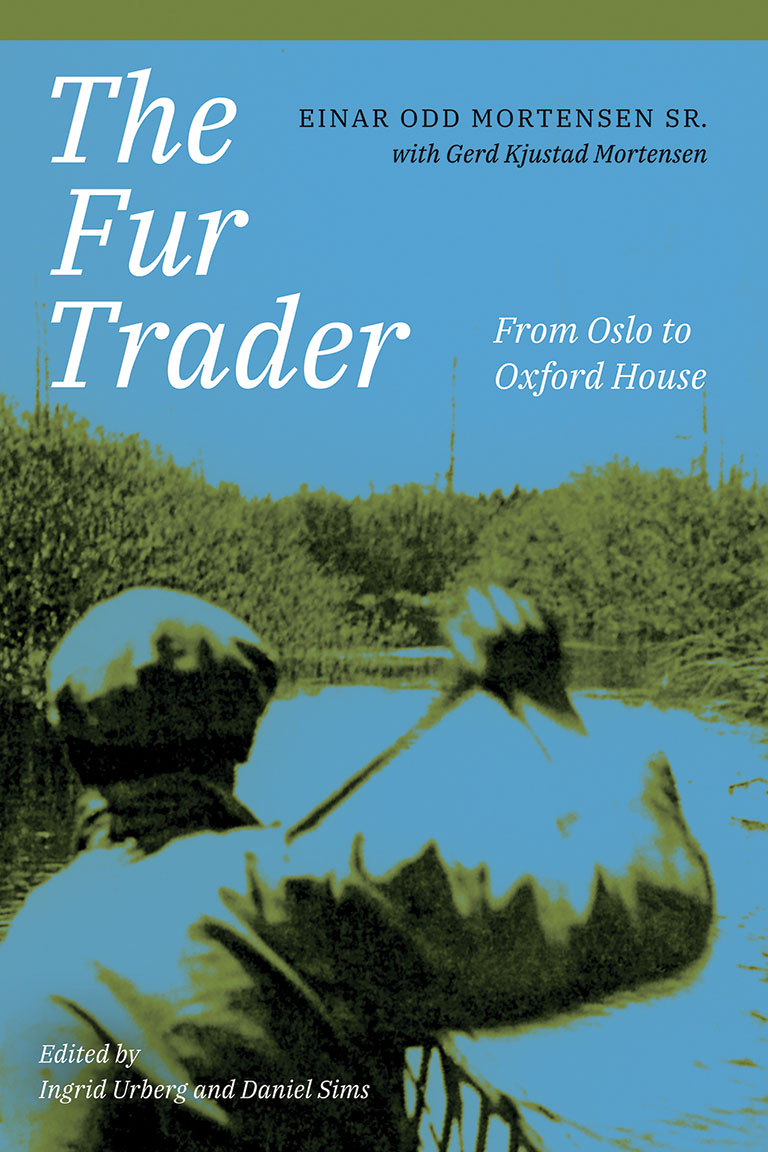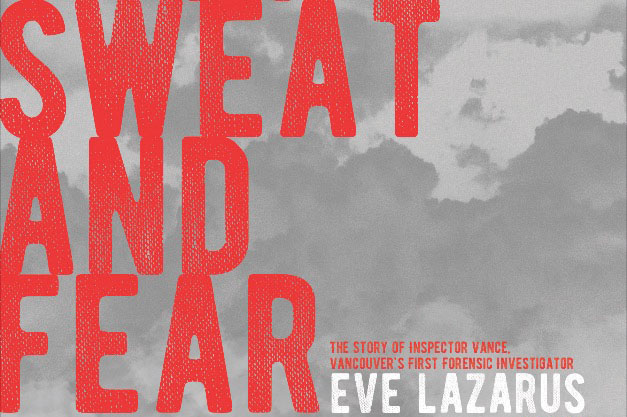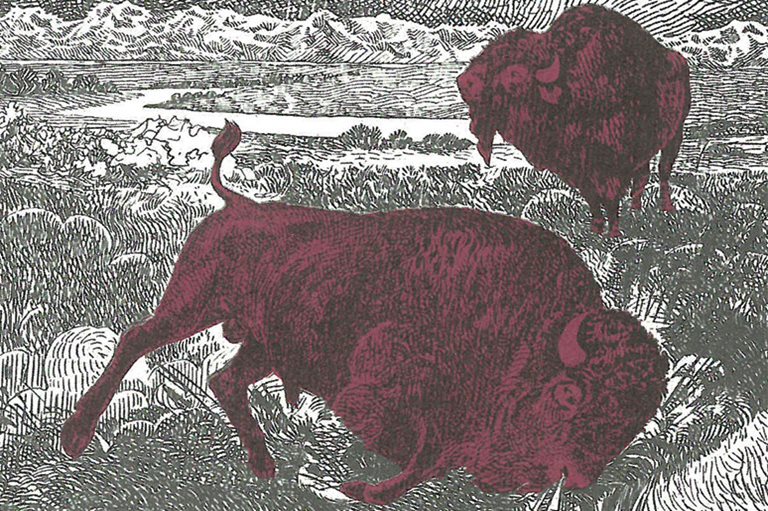The Fur Trader

The Fur Trader: From Oslo to Oxford House
by Einar Odd Mortensen Sr., with Gerd Kjustad Mortensen
University of Alberta Press
224 pages, $34.99
Between 1925 and 1928, Einar Odd Mortensen traded for furs in the region David Thompson called “The Rat Country,” the swampy boreal lands north of the large Manitoba lakes. His first winter was passed at Pine Bluff, southeast of The Pas near the mouth of the Saskatchewan River, and his last two were spent at Oxford Lake to the northeast. At both posts Mortensen exchanged goods with Swampy Cree hunters and trappers, acting as the local agent for free traders competing with the monolithic Hudson’s Bay Company.
Mortensen was a young man, just twenty-three when he set out from his native Norway to take up the trade; after he returned to Europe, he never again set foot in North America. But his experiences stayed with him, and when he passed away in 1969 he left behind an unfinished manuscript about his years in Manitoba. An edition of the original Norwegian text was published in 2007, and it now appears in English translation for the first time.
Despite his first-person narration of events, Mortensen comes across as somewhat of an enigma. He addresses his reason for leaving Norway obliquely, simply stating that he was “possessed with a strange restlessness.” Nor does he describe his return to his homeland, as the account is suddenly suspended in the middle of his second trading season. Apparently, he did not discuss his North American experiences with his family. The effect is to make Mortensen’s fur-trading years a kind of time out of time, contiguous neither with events that had preceded them nor with those that would follow.
Mortensen presents himself as a carefree spirit, getting by on his wits. He admits that his only previous experience of anything resembling a fur pelt was handling his mother’s feather boa. Gradually, though, as he learns the ways of the trade, Mortensen is transformed from “greenhorn” to “old timer” — or, as he transliterates Cree words, from “Mister Gooshoo” (possibly kösiw, which he believes to mean “stupid”) to “Mister Oogemoo” (likely okimáw, which he takes to mean “master”).
Mortensen refers to few individuals by name, so that many come across as archetypal figures, from “the Icelander” who guides him to Pine Bluff to “the Catholic priest” who comes to perform a biannual liturgy and to collect furs for the school tax. But the most abiding presence in Mortensen’s account is that of his Swampy Cree neighbours and patrons. The prejudices of Mortensen’s time find frequent expression, and this is addressed at length in the book’s editorial additions. (Those include an epilogue by his daughter-in-law Gerd Kjustad Mortensen.) At the same time, his tale also reveals some appreciation for many parts of Swampy Cree life and culture, including hunting and survival skills, canoe craft, and the menacing role of Wendigo.
Mortensen was also a deeply critical observer: His discussions of the way authorities took advantage of the system of elected chiefs, of the competition between Catholic and Methodist missionaries to gain adherents, and of the degrading effects of the “Indian Boarding Schools” ring especially true in hindsight. At the same time, his chronicle has a playful air, and the reader who persists to the end will be treated to an account of the challenges of dealing with the runs at fifty below.
This edition includes extensive and helpful endnotes — but, regrettably, no index — and is enriched by the inclusion of twenty-six evocative photographs from Mortensen’s collection. One could wish that the many unnamed Cree subjects might still be identified, but the 1920s is a time that has just recently receded behind the horizon of living memory. In this light, The Fur Trader will nonetheless serve as a welcome primary source regarding the social, economic, and environmental history of northern Manitoba.
With 7 uniquely curated newsletters to choose from, we have something for everyone.
Themes associated with this article
Advertisement




